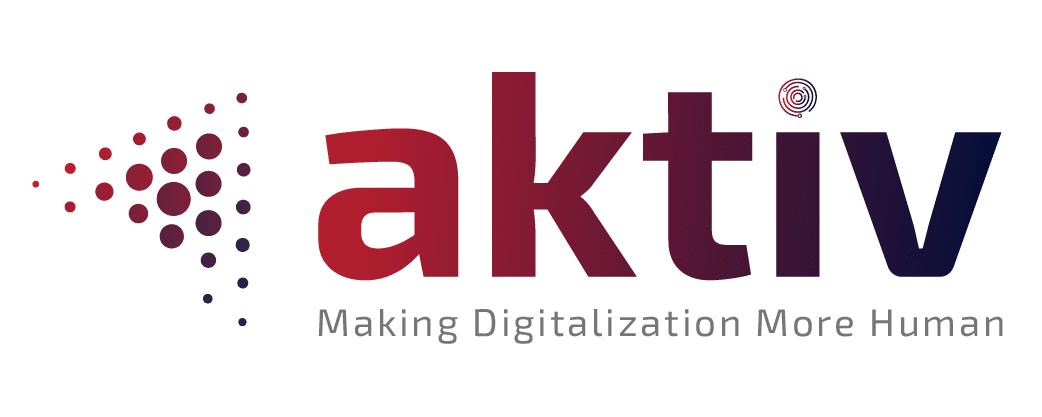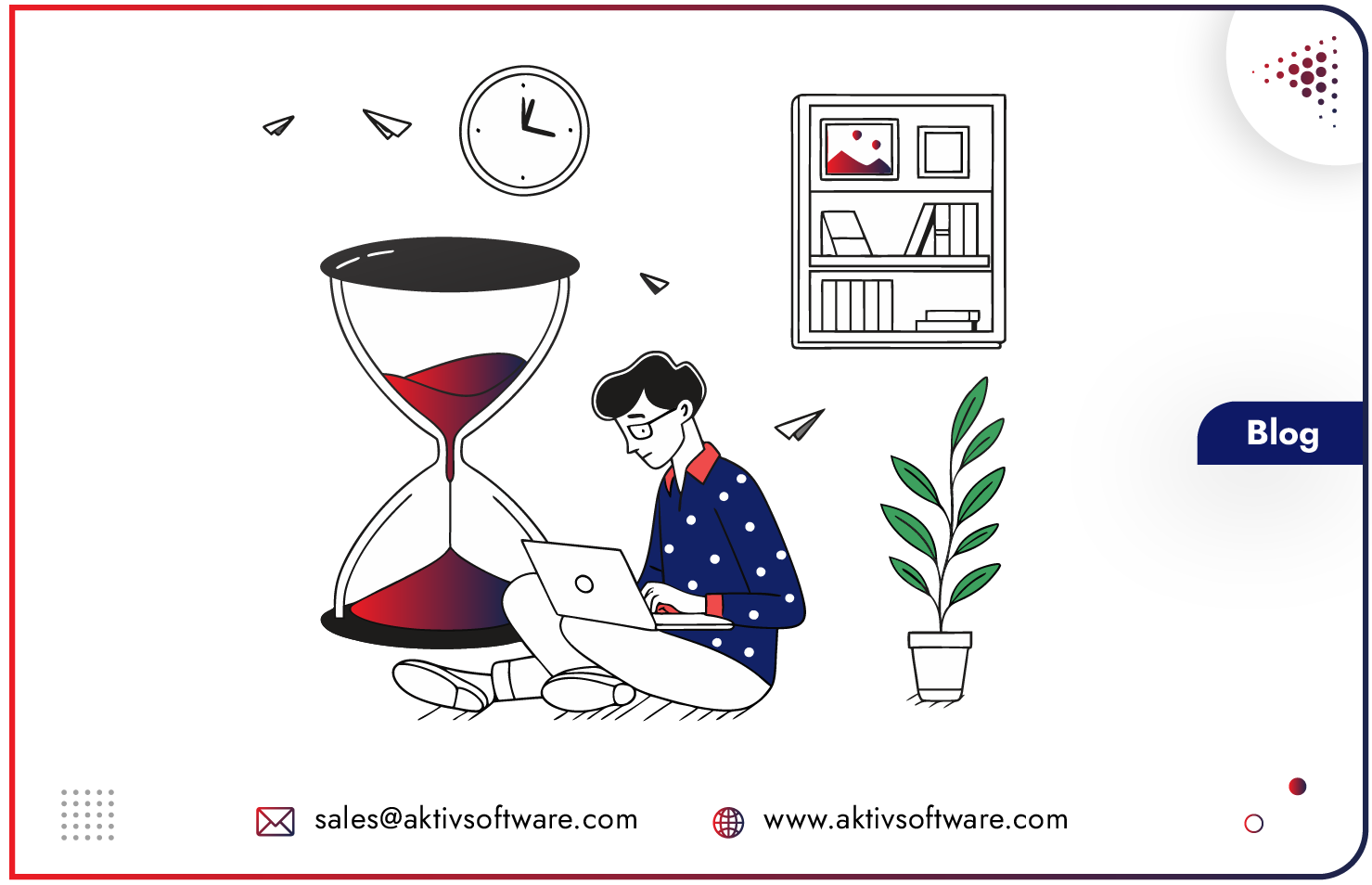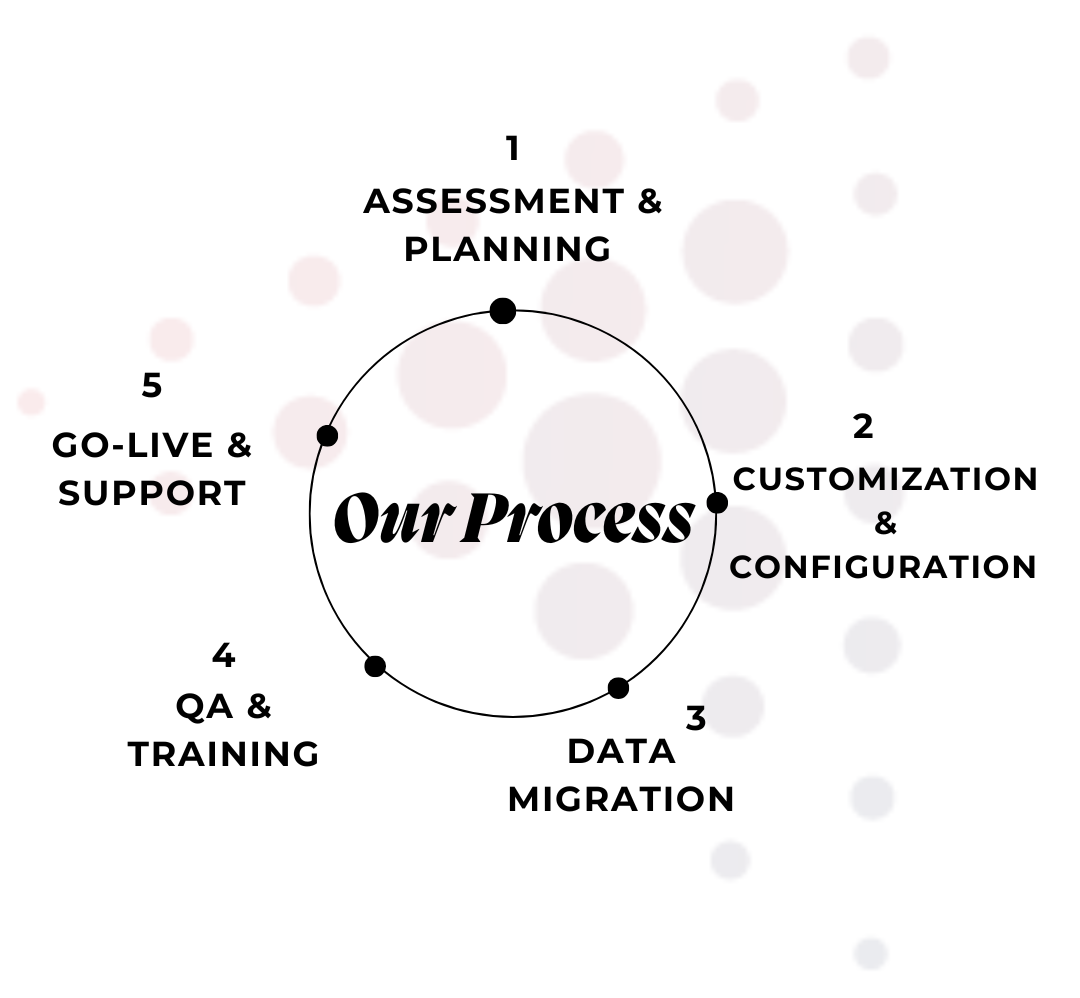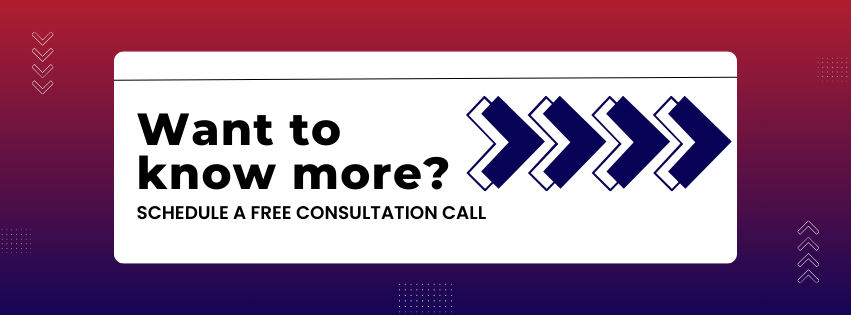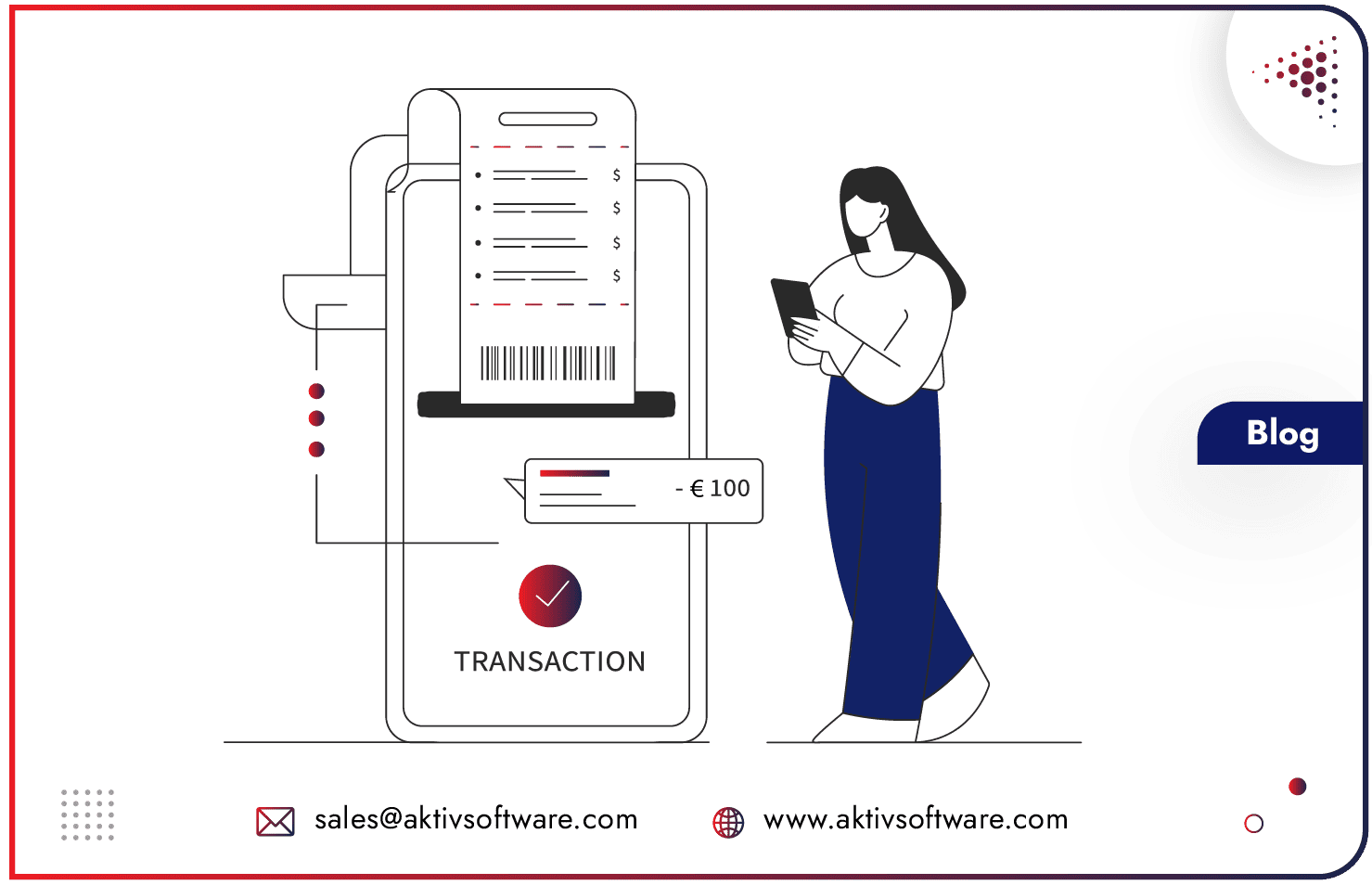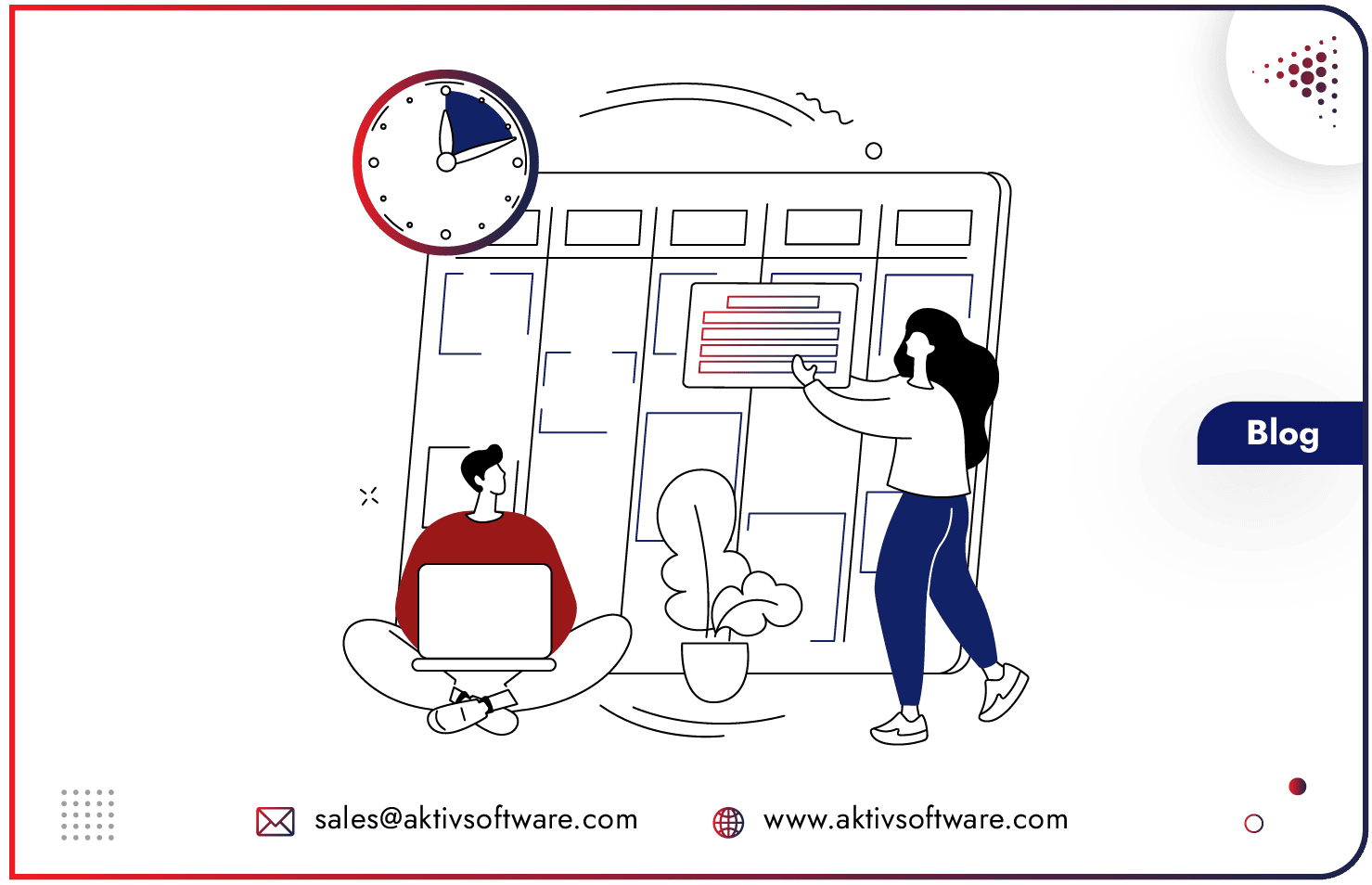Odoo’s modular design and flexibility make it a game-changer for businesses. But let’s be real—an ERP implementation is no walk in the park. We’ve seen companies rush in without a plan, only to find themselves drowning in unexpected costs, data messes, and frustrated employees.
Think of it like moving into a new house. If you don’t plan, you’ll have boxes everywhere, missing furniture, and a half-assembled bed at midnight. The same goes for ERP. Without a proper roadmap, your business will struggle with disruptions, inefficiencies, and a loss of productivity.
At Aktiv, we’ve spent over a decade perfecting the Odoo Implementation process to ensure businesses get it right the first time. Here’s how we turn ERP nightmares into seamless transitions.
Aktiv’s Proven 5-Step Odoo Implementation Process
Phase 1: Assessment & Planning – Laying the Groundwork
Think of this as the blueprint for your ERP house. Before we lift a single brick, we need to understand the structure, requirements, and potential roadblocks.
Similarly, every successful ERP project begins with careful planning. This phase is all about understanding your business, identifying challenges, and mapping out solutions using Odoo.
A manufacturing company came to us after two failed ERP implementations with other vendors. The problem? They jumped into customization without understanding what Odoo could do out of the box.
By conducting various demo & brainstorming sessions, we identified that 80% of their needs were already covered in standard Odoo modules—saving them months of development and thousands of dollars.
Key Activities:
✅ Collaborative Demos & Brainstorming – Mapping workflows, pain points, and business goals.
✅ Scope Definition – Aligning deliverables, timelines, and budgets.
✅ Team Allocation:
🔹 Odoo Consultant – Functional expert ensuring the system aligns with business processes.
🔹 Technical Lead – Oversees customizations and integrations.
🔹 Delivery Lead – Ensures the project stays on schedule and within budget.
🔹 Project Owner – Your single point of contact throughout the implementation.
Phase 2: Customization & Configuration – Tailoring Odoo to Your Needs
Odoo is powerful right out of the box, but no two businesses operate the same way. In this phase, we ensure Odoo fits your workflows while avoiding unnecessary modifications that create future headaches.
At Aktiv, we follow a Minimalist Customization Approach—which means we only modify what’s necessary while keeping the Odoo core untouched. Our goal is to extend functionality without creating long-term technical debt.
One of our clients who was a furniture manufacturer needed a multi-level Bill of Materials (BoM) where some components required real-time price calculation based on material costs and production stages.
Odoo’s standard BoM module supports multi-level structures, but it does not allow automated real-time cost calculations based on fluctuating raw material prices.
So, instead of modifying Odoo’s core BoM logic, we built an add-on module that fetched real-time material costs from supplier price lists.
Key Activities:
✅ Standard Odoo Setup – We implement Odoo out-of-the-box first, ensuring maximum use of native features.
✅ Customization (If Needed):
🔹 Minimalist Approach – We avoid unnecessary custom development to keep the system upgrade-friendly.
🔹 Strategic Customization – If your business requires specific workflows, our Customization Alchemists enhance functionality without disrupting Odoo’s core code.
Phase 3: Zero-Downtime Data Migration – Moving out without Mess
Your old system is like an overstuffed attic—full of outdated records, duplicate entries, and missing information. Moving to Odoo/latest version without cleaning it first? That’s a disaster waiting to happen.
Moving data from legacy systems, spreadsheets, or older Odoo versions is one of the most critical steps in ERP implementation.
Key Activities:
✅ Data Extraction & Cleaning – Removing redundant and outdated records.
✅ Data Mapping – Ensuring data is structured correctly in Odoo.
✅ Secure Data Transfer – Importing data with rigorous validation checks.
✅ Testing & Validation – Ensuring data integrity and system accuracy.
Phase 4: Testing, Training & User Adoption – Getting Comfortable with the New Setup!
Even the most well-configured Odoo system can face issues if it’s not properly tested before going live. That’s why, at Aktiv, we ensure rigorous system testing and real-world scenario validation before handing the system over to your team for training.
Step 1: Functional Testing – Ensuring Core Features Work as Expected
Our Odoo experts simulate real-life business scenarios to verify that:
🔹 Workflows function correctly (e.g., sales orders flow seamlessly into invoicing).
🔹 Automations trigger at the right moments (e.g., email notifications, inventory updates).
🔹 Reports generate accurate data without discrepancies.
Step 2: Performance & Load Testing – Can Your System Handle Real-World Usage?
We stress-test the system under different conditions:
✅ Simulating multiple users working simultaneously to check system speed.
✅ Processing bulk transactions to verify response times.
✅ Testing integrations with third-party apps to ensure seamless data flow.
Step 3: User Acceptance Testing (UAT) – Final Validation by Your Team
Before going live, we conduct User Acceptance Testing (UAT) where your key users:
🔹 Perform actual tasks in Odoo (e.g., creating invoices, approving purchase orders).
🔹 Identify any gaps or missing functionalities.
🔹 Provide feedback for final tweaks before full deployment.
Hands-On Training – Empowering Your Team
Even the best ERP system fails without proper user adoption. In this phase, we train your team to ensure a smooth transition.
Key Activities:
✅ Admin Training – System configuration, reporting, and troubleshooting.
✅ End-User Training – Practical, hands-on sessions for daily operations.
✅ Process Documentation – User guides and knowledge base for future reference.
Phase 5: Go-Live & Ongoing Support – Ensure Robustness of the System
The last phase of Odoo Implementation, is where your business officially switches to Odoo. A well-executed go-live ensures minimal disruption and a smooth transition.
Key Activities:
✅ Go-Live Preparation – Final system checks and user acceptance testing.
✅ Seamless Transition – Coordinating deployment to minimize downtime.
✅ Ongoing Support:
🔹 Blocker Issues – 24/7 urgent support for critical failures.
🔹 New Feature Requests – Future enhancements based on business needs.
🔹 “How-To” Guidance – Quick answers to common user queries.
Ready to Transform Your Business with Odoo?
At Aktiv, we don’t just implement software—we empower teams. With 10+ years of ERP expertise and a track record of 500+ successful projects, we’re here to ensure your Odoo journey drives growth, efficiency, and innovation.

